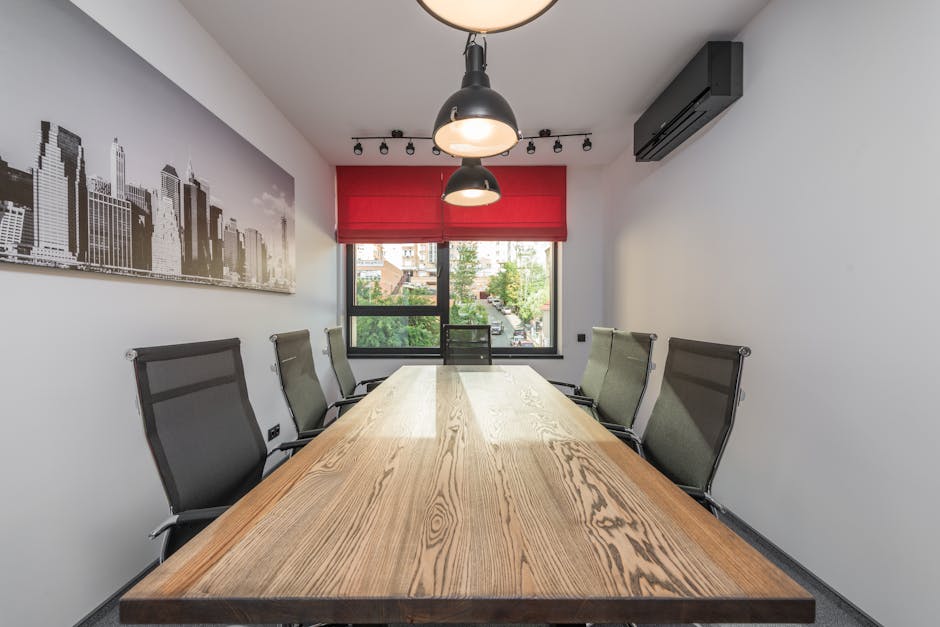What is Hot Desking? The Ultimate Guide to Flexible Workspace
“Hot desking is a flexible workspace strategy that allows employees to choose their workstation on a first-come, first-served basis. This guide explores the benefits, challenges, and best practices of implementing hot desking in your organization. ”

What is Hot Desking?
Hot desking is a workspace strategy that allows employees to choose their workstation on a first-come, first-served basis, rather than having a permanently assigned desk. This flexible workspace approach is becoming increasingly popular as organizations look to optimize office space utilization and support employee mobility.

Benefits of Hot Desking
Implementing a hot desking strategy can offer several benefits for both employees and organizations:
-
Increased flexibility: Hot desking allows employees to choose a workstation that best suits their needs for the day, whether it's a quiet space for focused work or a collaborative area for team projects.
-
Improved collaboration: By encouraging employees to sit in different areas of the office, hot desking can foster cross-functional collaboration and knowledge sharing.
-
Space optimization: Hot desking can help organizations reduce their real estate footprint by eliminating the need for dedicated desks for each employee, leading to cost savings and more efficient use of space.
-
Enhanced employee experience: A well-designed hot desking environment can contribute to a positive employee experience by providing a variety of workspaces and promoting a sense of autonomy and trust.
Challenges and Considerations
While hot desking offers many benefits, it's important to be aware of potential challenges and considerations:
-
Change management: Transitioning from a traditional assigned seating model to hot desking may require a significant shift in company culture and employee mindset.
-
Technology infrastructure: Ensuring that employees have access to the necessary technology and resources, such as laptops, monitors, and power outlets, is crucial for a successful hot desking implementation.
-
Cleanliness and hygiene: With multiple employees using the same workstations, it's essential to establish clear protocols for cleaning and sanitizing shared spaces and equipment.
-
Personal storage: Providing secure storage options for employees' personal belongings and work materials is an important consideration in a hot desking environment.

Best Practices for Implementing Hot Desking
To ensure a successful transition to hot desking, consider the following best practices:
-
Engage employees: Involve employees in the planning and implementation process to gather feedback, address concerns, and build buy-in.
-
Provide training: Offer training sessions to help employees understand the new workspace strategy, booking systems, and meeting room etiquette.
-
Invest in technology: Implement office hoteling software and other digital tools to streamline desk and meeting room bookings, as well as to support remote work and collaboration.
-
Create diverse workspaces: Design a variety of workspaces to cater to different work styles and tasks, such as focus pods, collaboration zones, and social areas.
-
Monitor and adapt: Regularly gather feedback from employees and monitor space utilization data to identify areas for improvement and make necessary adjustments.

Conclusion
Hot desking is a powerful strategy for organizations looking to create a more agile, collaborative, and cost-effective work environment. By understanding the benefits, challenges, and best practices associated with hot desking, you can successfully implement this flexible workspace approach and support the evolving needs of your employees.
